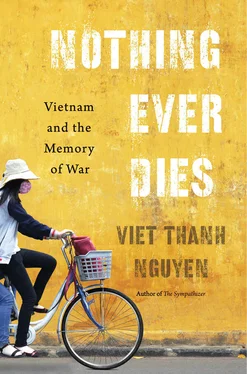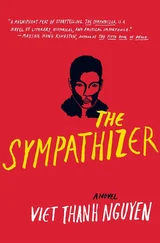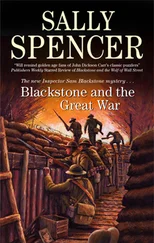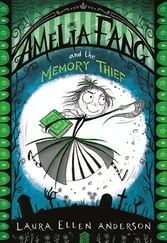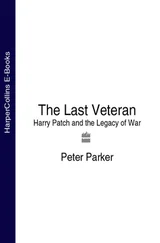The depressing evidence indicates that we do indeed forget these images, or expect them to come from certain places and to depict certain people whose fate some may feel to be inevitable, marked as they are for death and suffering by dint of their origin. Nevertheless, I defend this shadowy sublime that occurs in small places, in poor countries, on the low ground. These rough, crude, unfinished, imperfect, disturbing examples of a wretched aesthetics will change over time as poor places and poor people become wealthier and less wretched. This can be seen in the Vietnamese Women’s Museum of Hanoi, transformed from a provincial space of simply mounted exhibits during my first visit in 2003 into one of the most polished museums in the country by 2013, with the help of French curatorial collaborators who put into place many of the features of wealthy memory. Tuol Sleng, too, is changing, with the assistance of curators from the stunning Okinawa Prefectural Peace Museum, where Cambodian curators have trained. The museum is one of those very rare places that remembers the dead of all sides, military and civilian, in vast hallways and exhibition rooms and on memorial grounds at the edge of a cliff where the names of all those gone — some two hundred thousand in the battle for Okinawa during World War II, or the Pacific War — are engraved on massive blocks of stone that face the sometimes calm, sometimes turbulent sea, the natural sublime. Who would not want to be remembered in such a way?
Memory in Southeast Asia will change, and people should not be denied their right to the trappings of wealthy memory, just as they should not be denied their right to own cars, refrigerators, luxury handbags, and all those other features of a consumer lifestyle that the wealthy already own, whose price tag is the destruction of the environment, the alienation of human beings from one another, and the perpetuation of a system of global inequality. These seem to be the true cost of producing our goods and desires. But although the poor should not be denied what the wealthy possess, including their industries of memory, we should also be cognizant of what the costs are of the poor repeating the behavior of the rich, no matter where that occurs, including in the realm of memory. For while Tuol Sleng, Choeung Ek, and all the other places of the shadowy sublime disturbed me, they also imprinted themselves on me in ways physical, mental, and spiritual. These places were unrelenting in reminding me, and anyone else who stumbled across them, of inhumanity. They do so not just by telling horrible stories, but also by showing that horror, through the very roughness and bluntness of their wretched aesthetics of memory. This is memory that confronts and exhausts. It is a slap in the face rather than a sermon from the mount.
From low to high, from profane to divine, we need both kinds of memory work. But when do we need each, and in what proportion to the other? Let’s turn to some examples of powerful memory conducted from the high ground to try and answer that question. Le Ly Hayslip stakes her memoir on the moral high ground, speaking from what Paul Ricoeur calls “the height of forgiveness.” 5In her prologue, she condemns the war machine but forgives its soldiers: “If you were an American GI, it was not your fault.” 6Her memoir is framed by this “Dedication to Peace” and an epilogue, the “Song of Enlightenment,” whose purpose is “to break the chain of vengeance forever.” 7The memoir offers conciliatory gestures to American soldiers and to the American nation, as when she says that she is “very honored to live in the United States and proud to be a U.S. citizen.” But the memoir resolutely places Vietnamese peasants at the center of their own story. 8“We were what the war was all about,” 9she writes. “We peasants survived — and still survive today — as both makers and victims of our war.” 10As the filmmaker Rithy Panh does, she claims this war for her people, a direct rebuttal to the persistent American belief that this war was all about Americans. As the people who helped make the war and became its victims, the peasants earned both moral responsibility and the right to forgive. Part of Hayslip’s appeal comes from the way she extends forgiveness to everyone in her memoir, which was not something guilty Americans could extend to themselves. While some American veterans, peace activists, and concerned civilians have visited Vietnam to attempt reconciliation with the Vietnamese people or their own pasts, few have used the language of forgiveness to address the Vietnamese. Perhaps they knew they had no standing on the moral high ground to forgive. But as one of the “displaced persons of the American conscience,” 11Hayslip offers the hope of humanity after recounting many episodes of inhumanity.
Photographer An-My Lê offers another take from the high ground, more clinical than spiritual. The MacArthur Foundation awarded her a grant that carries a prize of over half a million dollars, an amount for one individual that outstrips the budget of many a small museum in a small country. In her series 29 Palms, she embeds herself, in the Orwellian language of the American military and media, with U.S. Marines as they train at a desert base in California. One of the most striking shots, taken at night, shows a squadron of armored vehicles firing their weapons, the barrage of tracers an intense web of lightning and glare through the darkness. Photographed from on high, the armored vehicles assume the size of toy trucks and cars. Lê does not have Hayslip’s moral weight of being a victim, of surviving intimate encounters with combat, rape, and torture. Lê cannot forgive, but through her lens, her aesthetic, she assumes another high ground, the related one of vision. Optics concern both war and ethics, and Lê’s camera shows both the soldiers and a glimpse of the war machine. While Tod Papageorge shoots the war machine from the civilian’s point of view, Lê shoots it from the military’s point of view. The individual soldier and his feelings matter less in this photograph and others in Lê’s series than the ensemble and the equipment, the war machinery’s collective presence and force. Depersonalized through uniforms, weapons, and armor, these individual humans transform into an inhuman mass seen from on high, the viewpoint of aerial reconnaissance, drones, satellites, and strategic vision. Generals and presidents make decisions based on the movement and placement of these mass units, to which the individual, the human, must be sacrificed. In her photograph, Lê captures the essentially inhuman face of the war machine, which transcends human beings and human bodies into something sublime, something seductive, in its man-made beauty and horror.
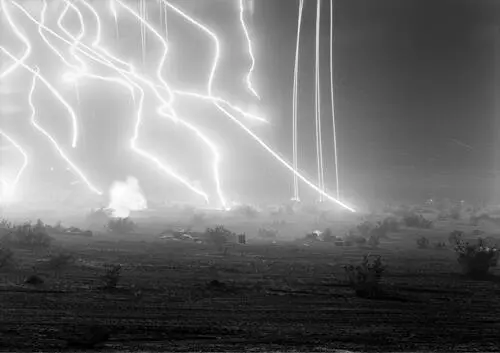
To confront the war machine and to tell the true war story, the artist, the activist, and the concerned citizen, or resident, or alien, or victim, must climb to the high ground. This is an ethical and aesthetic move, a double gesture that involves both moral standing and strategic vision. Morally, one must be above the fray in order to renounce and to forgive the bloodletting, as well as to see the (potential) culpability of oneself and one’s allies in past, present, and future conflicts. Strategically, one must be able to see a vast landscape if one wants to comprehend the war machine in its totality and its mobility, as well as the war machine’s other, the movement for peace. “War can teach us peace,” says Hayslip. 12This task requires, among others, the artist. To imagine and dream beyond being the citizen of a nation, to articulate the yearning for a citizenship of the imagination — that is the artist’s calling. To imagine and dream in this manner, one must work for peace as well as confront the war machine. Whereas the war machine wants acts of imagination to focus only on the human face of the soldier, the artist needs to imagine the war machine’s totality, collectivity, enormousness, sublimity, and inhumanity. The artist must refuse the identity that the war machine offers through the human soldier, whose dead, sacrificed body, scholar Elaine Scarry argues, persuades the patriotic citizen to identify with the nation. 13The artist must instead show how the inhuman identity of the war machine incorporates the patriotic citizen and renders her or him inhuman as well.
Читать дальше
